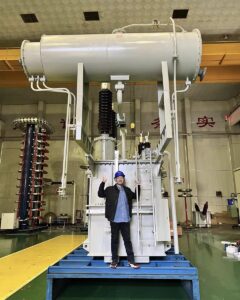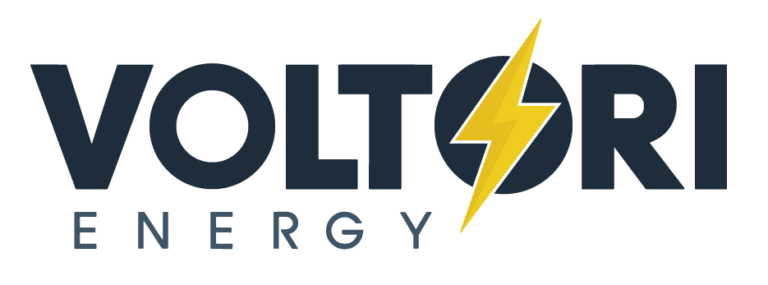Powering remote northern communities presents unique challenges that standard power solutions can't address. The harsh climate, limited maintenance access, and extreme temperatures create situations where traditional transformers fail, leaving communities vulnerable.
Remote northern Canadian communities typically need specially designed transformers with extreme cold weather packages, enhanced weatherproofing, and oversized cooling systems that can withstand temperatures as low as -40°C while requiring minimal maintenance. Pole-mounted transformers with specific CSA certifications are often most appropriate for these installations.
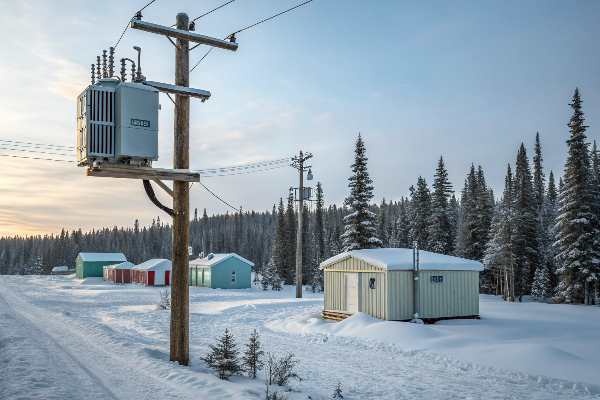
Having worked with numerous renewable energy projects across Canada, I've seen firsthand how transformer selection can make or break a power system in isolated regions. The unique conditions of northern communities demand specialized knowledge that goes beyond standard urban power infrastructure considerations.
What is Clean Energy for Rural and Remote Communities in Canada?
Many remote communities struggle with energy insecurity, relying on expensive diesel generators that pollute the environment and create noise pollution. This dependence on fossil fuels creates both financial and environmental burdens that affect quality of life.
Clean energy for rural and remote Canadian communities involves renewable power systems like solar arrays, wind turbines, and small-scale hydro projects that replace or supplement diesel generation, supported by specialized cold-weather transformers and energy storage systems designed for extreme conditions.
 in northern community clean energy systems in remote communities](https://voltoritransformer.com/wp-content/uploads/2025/08/image-2-clean-energy-systems-in-remote-communi.png)
The transition to clean energy in remote communities represents more than just a technical upgrade—it's about energy sovereignty and sustainability. In my experience working with northern communities, I've observed that successful clean energy implementations require careful consideration of the entire power infrastructure, with transformers being a critical component that's often overlooked.
| Clean Energy Solution | Benefits | Transformer Requirements |
|---|---|---|
| Solar PV Systems | Low maintenance, modular design | Anti-islanding protection, DC/AC conversion compatibility |
| Wind Turbines | High output in windy regions | Variable frequency handling, robust surge protection |
| Small Hydro | Consistent base load generation | Waterproof designs, specialized grounding |
| Biomass Systems | Uses local resources, creates jobs | Enhanced filtration for harmonic distortion |
| Battery Storage | Stabilizes intermittent sources | Bidirectional power flow capabilities |
When designing renewable systems for these regions, specialized transformers become essential connection points between generation and distribution. Traditional transformers simply aren't built for the -40°C temperatures that northern communities regularly experience. Components designed for milder climates can become brittle and fail during extreme cold snaps, creating dangerous power outages when communities need electricity most.
Beyond technical specifications, clean energy projects in remote areas must address community involvement. I've found that the most successful projects incorporate local knowledge and train community members to handle basic maintenance tasks.
Which Type of Transformer is Used in Cities?
Urban power distribution typically relies on large pad-mounted transformers housed in protective enclosures, but these systems aren't designed for extreme northern conditions. When urban solutions are mistakenly deployed in remote areas, failure rates increase dramatically.
Cities primarily use padmounted or vault-style distribution transformers ranging from 25kVA to 2500kVA, designed for moderate climates with ready access to maintenance personnel. These transformers are typically liquid-filled (mineral oil or FR3 fluid) and feature standard cooling systems not rated for extreme cold.
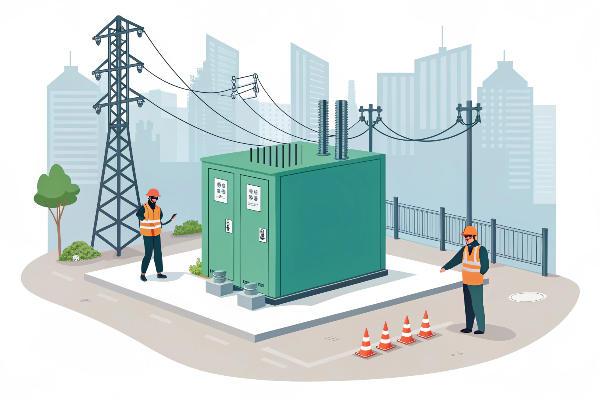
The contrast between urban and remote transformer requirements highlights significant differences in design philosophy. I've worked with many clients who initially assumed their urban transformer specifications would transfer easily to remote projects, only to discover this approach leads to significant reliability issues and increased lifetime costs.
| Feature | Urban Transformers | Remote Northern Transformers |
|---|---|---|
| Operating Temperature | -10°C to +30°C | -40°C to +30°C |
| Maintenance Access | Within hours | Days to weeks |
| Backup Power | Multiple grid connections | Limited or none |
| Housing | Standard enclosures | Enhanced weatherproofing |
| Cooling Systems | Standard ONAN/ONAF | Specialized for extreme cold |
| Cost Structure | Standardized, economy of scale | Custom engineered, higher unit cost |
| Lifespan Expectations | 25-30 years | 15-20 years without specialization |
| Protection Systems | Standard urban ratings | Enhanced wildlife/weather protection |
Urban transformers benefit from several advantages that remote installations can't count on. First, they operate within established grid infrastructures with backup power routes, meaning a single transformer failure rarely causes extended outages. Second, maintenance teams can typically reach urban installations within hours, limiting downtime and preventing cascading failures.
The cost structures also differ dramatically. Urban transformers benefit from economies of scale and standardized designs, while remote installations often require custom engineering solutions with specialized materials, driving up initial costs but potentially reducing lifetime expenses through improved reliability.
What Type of Transformer is Rated for Outdoor Use?
Outdoor transformer ratings don't automatically equate to suitability for northern applications, creating confusion for many project planners. I've seen countless projects where "outdoor rated" equipment failed within months in northern conditions.
Transformers rated for northern outdoor use typically feature stainless steel tanks, special low-temperature silicon steel cores, cold-climate insulating oils that maintain viscosity below -40°C, enhanced sealing systems, and cold-weather accessories like tank heaters and thermally protected control circuitry.
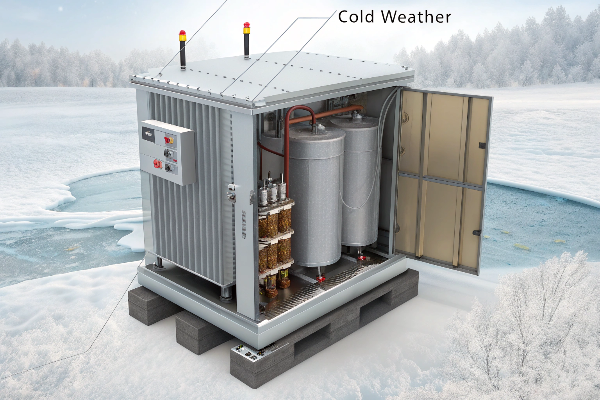
The distinction between standard outdoor ratings and true northern-climate capability represents one of the most misunderstood aspects of remote power infrastructure. In my experience consulting with remote communities, this knowledge gap has led to numerous premature equipment failures and project complications.
| Component | Standard Outdoor Rating | Northern Climate Rating |
|---|---|---|
| Tank Material | Painted carbon steel | 304/316 stainless steel |
| Insulating Fluid | Mineral oil (effective to -20°C) | Synthetic blends (effective to -50°C) |
| Sealing System | Standard gaskets | Enhanced compression seals with thermal compensation |
| Control Electronics | Standard components | Conformal coated boards with thermal protection |
| Bushings | Standard porcelain | Composite materials with enhanced thermal cycling resistance |
| Accessories | Basic protection | Tank heaters, thermostats, enhanced monitoring |
| Testing Requirements | Standard IEEE/ANSI | Enhanced cold-start and thermal cycling tests |
| Wind/Ice Loading | Moderate ratings | Enhanced structural reinforcement |
| Wildlife Protection | Basic | Comprehensive barriers and deterrents |
| Corrosion Protection | Standard paint systems | Multi-layer specialized coatings |
A truly northern-rated transformer incorporates several critical design elements that standard outdoor units lack. The insulating fluid requires special formulation to maintain appropriate viscosity at extreme temperatures, preventing sluggish operation during cold starts. Traditional mineral oil becomes problematic below -20°C, while specially formulated synthetic alternatives maintain performance down to -50°C or lower.
When selecting transformers for remote northern installations, I always emphasize the need for true cold-weather ratings rather than standard outdoor specifications. The additional upfront investment pays dividends through improved reliability and reduced maintenance requirements.
How Many Remote Indigenous Communities Are There in Canada?
The scope of Canada's remote community power challenge is vast and often underappreciated. Nearly 200 indigenous communities rely on isolated power systems, each requiring specialized transformer solutions adapted to their unique conditions and needs.
There are approximately 292 remote communities in Canada, with about 190 being Indigenous communities. These communities are primarily located in northern regions of provinces and territories, with most relying on diesel generators for electricity, creating both economic and environmental challenges.

My work with indigenous communities across northern regions has given me unique insight into the scale and importance of appropriate power infrastructure. The diversity among these communities creates additional complexity in designing appropriate transformer solutions for each location.
| Province/Territory | Remote Communities | Indigenous Communities | Primary Energy Challenge |
|---|---|---|---|
| Nunavut | 25 | 25 | 100% diesel dependency |
| Northwest Territories | 33 | 26 | Extreme cold, limited transportation |
| Yukon | 23 | 17 | Winter access limitations |
| British Columbia | 44 | 27 | Coastal/mountainous terrain |
| Alberta | 8 | 4 | Mixed energy needs |
| Saskatchewan | 1 | 1 | Distance from infrastructure |
| Manitoba | 19 | 18 | Seasonal access challenges |
| Ontario | 38 | 31 | Limited grid connectivity |
| Quebec | 44 | 22 | Vast northern territories |
| Newfoundland & Labrador | 28 | 16 | Coastal challenges, isolation |
| New Brunswick | 1 | 1 | Limited grid connectivity |
| Nova Scotia | 2 | 2 | Coastal conditions |
Remote indigenous communities vary dramatically in size, from small settlements of 50 people to larger communities exceeding 3,000 residents. This population range creates widely different power demands, from small single-phase systems to more complex three-phase distributions with specialized industrial loads. Transformer solutions must be tailored to these specific requirements while maintaining reliability under extreme conditions.
Geographic location further complicates transformer selection. Coastal communities face different challenges compared to inland locations, with salt contamination and extreme humidity affecting insulation performance and corrosion resistance requirements. Communities in the high arctic contend with permafrost issues that affect foundation designs and ground connectivity.
Conclusion
Remote northern Canadian communities need specialized transformers designed for extreme conditions, not standard urban equipment repurposed for harsh environments. Understanding the unique challenges these communities face is essential for creating reliable power systems.
At Voltori Energy, we engineer transformers specifically for Canada's toughest environments, ensuring communities have dependable power regardless of location or climate challenges.


